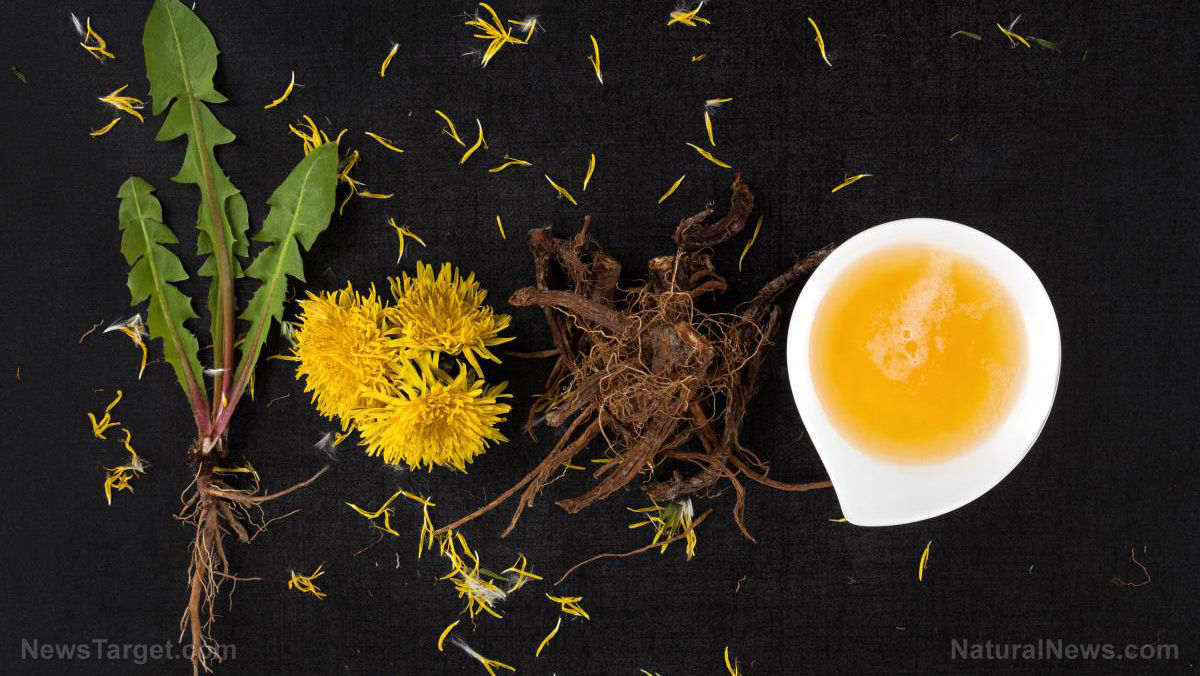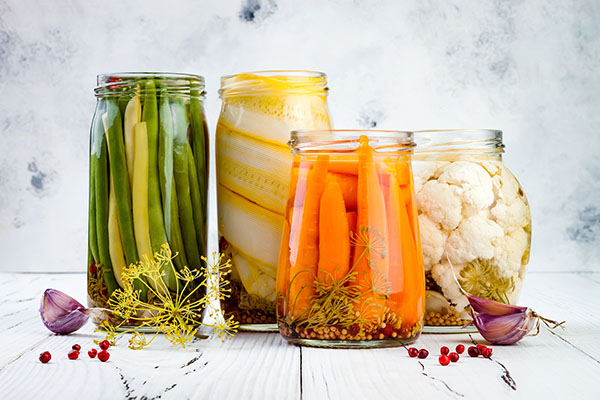
There are many benefits of learning how to forage, such as getting free food in the form of wild edibles. Foraging can also be fun for the whole family. It's also a good way to exercise, and foraging is one way to reconnect with nature.
And while foraging in winter seems harder compared to foraging in late summer, there are still plenty of wild edibles to harvest once you know where to look.
When SHTF, knowing how to forage year-round can also help you find food after the stores run out of supplies.
Winter is the hardest time to find wild food, but it’s not impossible. When you’re foraging, only harvest plants and mushrooms that you are sure are safe to eat. Don't go foraging without taking some classes or reviewing reference materials to avoid poisoning yourself and your family if you make a mistake.
Avoid these dangerous mistakes by using detailed guides or signing up for foraging or survival classes. You can also forage with a more experienced prepper so they can teach you as you harvest.
Whether you're winter foraging or hunting for wild edibles in spring or summer, you should always forage in a way that’s good for the environment. This means only taking what you need and leaving enough food for wildlife and future harvests.
Try following the rule of thirds. This means only taking a third, leaving one-third for the wildlife and leaving one-third to grow back or reproduce.
If you're not sure where to start, harvest fruits, nuts and leaves. Nuts and fruits can generally be harvested in abundance without causing any harm. Meanwhile, roots, shoots and tubers require the proper understanding of plants and their life cycles to ensure a sustainable harvest.
Acorns
Oak trees drop lots of acorns, and they're one of the most overlooked wild edibles to forage in winter. You can find them on the forest floor or lurking beneath the snow cover around the base of the oak tree.
Once you get rid of the tannins, acorns can be turned into flour.
Beechnuts
Beechnuts are tiny but full of flavor. You can eat them raw or roasted.
Beechnuts can be collected in the fall to use throughout winter. They’re full of fat and protein, making them a great snack when it's cold.
Chickweed
Chickweed is a hardy winter plant that grows almost anywhere. It should be ready to harvest when the snow melts.
Chicory root
Chicory root has a strong, earthy flavor and can be used as a coffee substitute when roasted and ground.
Crabapples
Crabapples get sweeter and full of pectin as winter goes on and they are great in desserts, jellies and syrups.
Many crabapple varieties stay on the tree into winter, and the fruit gets sweeter with time.
Crabapples can survive cold temperatures better than regular apples and you can usually find them clinging onto their branches well into the winter season.
Cranberries
Wild cranberries can be foraged from late fall to early winter, especially in boggy areas. You can also find some under the snow in winter.
The berries are tart and add a vibrant flavor to dishes, from sauces to baked goods.
Daisy greens
Daisy greens are a nutritious and edible wintergreen. They’re a bit bitter, like other leafy greens, and are great for winter salads.
Dandelions
Dandelions have edible leaves, roots and flowers.
In winter, dandelion leaves are milder. The leaves are great in salads or cooked like spinach.
Goosefoot seeds
Goosefoot or wild quinoa produces seeds that are a great alternative to expensive quinoa often sold in stores.
Goosefoot seeds are high in protein and can be used in various dishes, from stews to wraps.
Hop hornbeam seeds
Hop hornbeam trees produce nutty seeds. Pick these seeds and use them like you would grains or nuts in different dishes.
The seeds are great in bread or as cereal. Lightly toasting them brings out their flavor even more, so add them to give salads or homemade granola a natural crunch. (Related: Tips for responsibly and safely foraging and hunting for food.)
Jerusalem artichoke
Jerusalem artichokes or sunchokes are tubers that you can dig throughout winter. They are nutty and sweet, and a versatile ingredient.
Roast Jerusalem artichokes to make a caramelized treat. You can also boil and mash them, or slice them raw into salads for some crunch. Jerusalem artichokes are delicious and a natural source of iron and potassium.
Nettles
Nettles are a winter favorite, especially in milder climates.
Nettles are full of vitamins and minerals. You can use them like other tender greens once you cook them to remove the sting.
Use nettles for soups, stews or as steamed greens.
Oyster mushrooms
In winter, oyster mushrooms will grow on the sides of trees and are easy to spot because of their unique shape.
Oyster mushrooms are tender, slightly sweet and full of protein and vitamins. Serve oyster mushrooms sauteed, add them to various dishes like stir-fries, or use them to make creamy pasta sauces.
Pine nuts
Pine nuts have a buttery flavor, especially when toasted. Add pine nuts to pasta, pesto or salads.
Pine nuts are also a good source of energy and healthy fats and they are a great addition to your winter diet. However, you should make sure you’re picking from trees that are safe to eat from.
Pine nuts are an early winter forage item because squirrels love them and will gather as many as they can find before winter sets in.
Purple dead nettle
Purple dead nettle is easy to spot. Just look for its purple tops, even in winter.
Purple dead nettle is a little bitter but it mixes well with other greens.
Dry it out for homemade smoothies. You can also use purple dead nettle to make a healing salve that can help with inflammation and allergies.
Purple dead nettle can also be used to dye wool a beautiful spring green.
Watercress
You can find watercress growing near streams and rivers.
Watercress adds a fresh, peppery flavor to any dish. You can often find it all year round and is high in nutrients.
Watercress is remarkably spicy, making it a great green for winter meals like soups and stews.
Wild violet
Like other common plants, wild violets are beautiful and a versatile ingredient. Wild violet leaves and flowers are edible and will add a lovely dash of color and a sweet, floral flavor to winter salads or desserts.
If you love to bake, use wild violet flowers for decorating cakes and other desserts. Use the heart-shaped leaves to add a mild, sweet taste to salad greens.
Learn how to forage so you can find wild edibles even in winter.
Visit GreenLivingnews.com for more useful foraging tips.
Watch the video below for more foraging tips.
This video is from the Non-Toxic Home channel on Brighteon.com.
More related stories:
Food supply tips: How to forage for edible nuts for your survival stockpile.
Protect yourself against food shortage with these useful prepping practices.
Prepper pharmacy: 17 Medicinal plants you can grow indoors year-round.
Sources include:
Please contact us for more information.






















